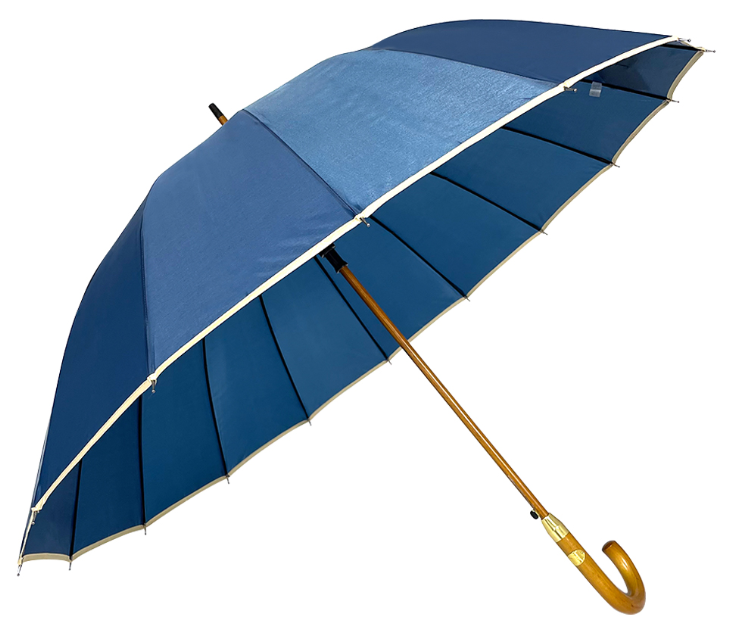Durability Testing
Umbrella frames undergo rigorous testing to ensure they can handle real-world conditions. Wind tunnel tests, water resistance tests, and durability tests are just some of the evaluations they face. These tests simulate the stresses and strains an umbrella may encounter, ensuring that the frame can withstand repeated opening and closing, exposure to water, and windy conditions.
Manufacturing Expertise
Turning a design into a functional umbrella frame requires manufacturing expertise. Different materials demand different processes, such as extrusion, casting, or machining for metal frames, and composite material layup for fiberglass or carbon fiber frames. Precision and consistency are vital to producing high-quality frames.
 Ergonomics and User Experience
Ergonomics and User Experience
The science and engineering of umbrella frames don’t stop at the frame itself. Engineers also consider the user’s experience. The design of the handle, for instance, is carefully crafted to ensure comfort and usability. Principles of ergonomics come into play to create an umbrella that feels good to hold and easy to use.
Innovation in Umbrella Frames
The world of umbrella frames is not stagnant. Engineers and designers are constantly seeking innovative solutions. This may include using advanced materials, integrating technology (think automatic opening and closing mechanisms), or enhancing the overall user experience. The pursuit of innovation ensures that umbrellas continue to evolve.
Conclusion
Next time you open your umbrella to shield yourself from the rain or sun, take a moment to appreciate the science and engineering that went into its creation. Beneath the surface of this seemingly simple device lies a world of materials science, structural engineering, ergonomic design, and innovation. Umbrella frames are a testament to human ingenuity, ensuring we stay dry and comfortable in the face of unpredictable weather.
Post time: Sep-08-2023



